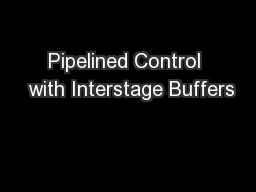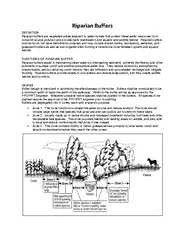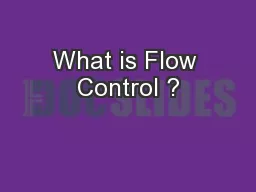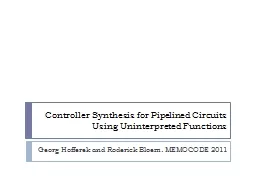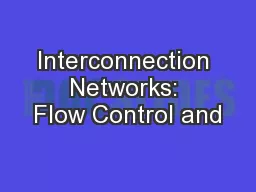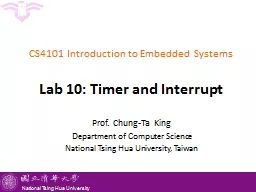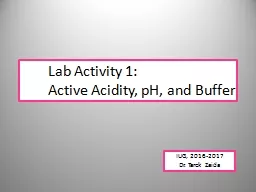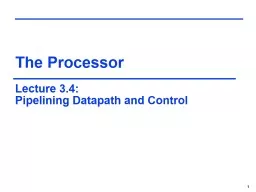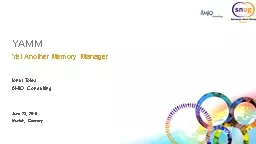PPT-Pipelined Control with Interstage Buffers
Author : marina-yarberry | Published Date : 2018-02-16
Consult this diagram frequently on the following slides Pipelined Control Signals Recall that we must ensure that each control signal travels with the instruction
Presentation Embed Code
Download Presentation
Download Presentation The PPT/PDF document "Pipelined Control with Interstage Buffe..." is the property of its rightful owner. Permission is granted to download and print the materials on this website for personal, non-commercial use only, and to display it on your personal computer provided you do not modify the materials and that you retain all copyright notices contained in the materials. By downloading content from our website, you accept the terms of this agreement.
Pipelined Control with Interstage Buffers: Transcript
Download Rules Of Document
"Pipelined Control with Interstage Buffers"The content belongs to its owner. You may download and print it for personal use, without modification, and keep all copyright notices. By downloading, you agree to these terms.
Related Documents

